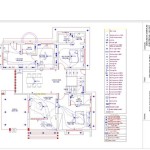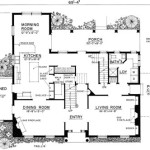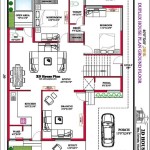House Of Representatives Seating Plan Blank: Essential Considerations
The seating plan of the House of Representatives is an important part of the chamber's design and function. It has been carefully planned to ensure that all members have a clear view of the speaker and can easily participate in the proceedings. The seating plan also reflects the political divisions within the House, with members of the majority party seated on one side of the chamber and members of the minority party seated on the other.
There are a number of different factors that are taken into account when creating the seating plan for the House of Representatives. These factors include the size of the chamber, the number of members, and the political makeup of the House. The seating plan must also be flexible enough to accommodate changes in the membership of the House, such as when members are elected or defeated.
The seating plan for the House of Representatives is a living document that is constantly being revised and updated. As the House changes, so too must the seating plan. This ensures that the chamber remains a functional and efficient place for the representatives of the people to conduct their business.
Key Considerations for House of Representatives Seating Plan Blank Design
There are a number of key considerations that must be taken into account when designing the seating plan for the House of Representatives. These considerations include:
- The size of the chamber: The size of the chamber will determine how many members can be seated and how they will be arranged.
- The number of members: The number of members in the House will also affect the seating plan. A larger House will require a larger chamber and a more complex seating plan.
- The political makeup of the House: The political makeup of the House will determine how members are seated. Members of the majority party will be seated on one side of the chamber and members of the minority party will be seated on the other.
- The need for flexibility: The seating plan must be flexible enough to accommodate changes in the membership of the House. Members may be elected or defeated, and the seating plan must be able to be adjusted accordingly.
Best Practices for House of Representatives Seating Plan Blank Design
There are a number of best practices that can be followed when designing the seating plan for the House of Representatives. These best practices include:
- Use a grid system: A grid system can help to create a seating plan that is both organized and efficient. The grid system will ensure that all members have a clear view of the speaker and can easily participate in the proceedings.
- Assign seats by seniority: Assigning seats by seniority can help to ensure that experienced members have a say in the proceedings. Senior members can also be helpful in mentoring new members and providing guidance on the House's rules and procedures.
- Consider the needs of the members: When designing the seating plan, it is important to consider the needs of the members. Some members may need to be seated near the front of the chamber so that they can easily participate in the proceedings. Others may need to be seated near the back of the chamber so that they can have a quiet place to work.
- Be flexible: The seating plan should be flexible enough to accommodate changes in the membership of the House. Members may be elected or defeated, and the seating plan must be able to be adjusted accordingly.
Conclusion
The seating plan for the House of Representatives is an important part of the chamber's design and function. It has been carefully planned to ensure that all members have a clear view of the speaker and can easily participate in the proceedings. The seating plan also reflects the political divisions within the House, with members of the majority party seated on one side of the chamber and members of the minority party seated on the other. By following the best practices outlined in this article, you can create a seating plan that is both organized and efficient.

Congress Seating Charts Hobnob Blog

The House Of Representatives Seating Plan Poster Twinkl

House Of Representatives Seating Plan Parliament

Congress Seating Charts Hobnob Blog

File N House Of Representatives Chart Svg Wikipedia

Make A Law House Of Representatives Parliamentary Education Office

Blank House Of Representatives Election Results Blog Post Flourish

Creating A Parliament Chart In Tableau The Flerlage Twins Ytics Data Visualization And

Chapter 4 Parliament Of

Examples Of Seating Plans Top Left Spanish Congress Deputies Scientific Diagram








